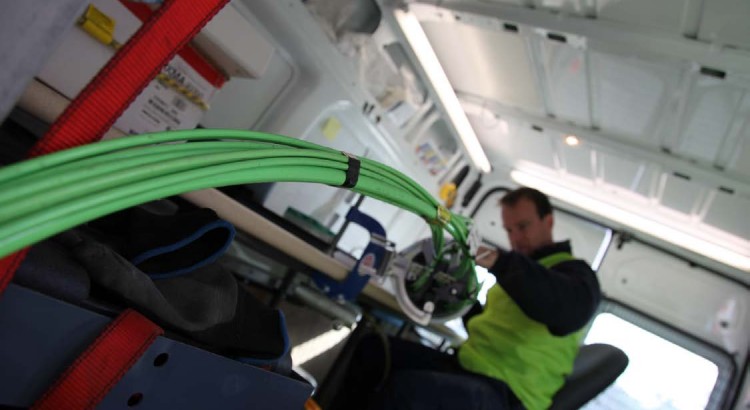Changes to the telecommunications in new developments (TIND) policy has led to a sharp increase in new rollouts of copper around Australia
The Department of Communications has updated its registrar of telecommunication providers in new developments, revealing around 420 new developments have been rolled out using copper technology by Telstra.
Last year, the Government reformed its policy surrounding the rollout of fixed line communications in new developments — opening competition for other infrastructure providers from the likes of Telstra or Opticomm to provide new infrastructure while nbn remains the provider of last resort for developments with 100 premises or more. The change in policy also removes the requirement for fibre to be used as the primary technology in these new developments.
Telstra has not revealed whether the ~420 new developments are using FTTN-like technology, or simply being connected the existing exchange. The company has also neglected to provide premises count in the dataset provided by data.gov.au. It should be noted that Telstra is the provider of last resort for developments with less than 100 premises.
Since the policy changes have occurred, almost 6,600 new developments have entered the registrar. The majority of these developments remain serviced by nbn using Fibre to the Premises technology — however, other technologies have also begun appearing in the mix:
| Number of new developments | FTTP | Copper | FTTB | HFC |
|---|---|---|---|---|
| nbn | 6,003 | |||
| OPENetworks | 36 | 22 | ||
| OptiComm | 101 | 4 | 1 | |
| Real World Networks | 1 | |||
| Telstra | 2 | 417 |
The registrar on data.gov.au also lists a number of additional service providers including Comverge, Frontier Networks, LBN Co, Optic Networks, Pivit, Real World Networks and RedTrain Networks. However, there are currently no developments listed as being serviced by those providers.
edit: Delimiter has received a response from Telstra regarding these new copper areas. You can read their response here.
